It’s hard to see when your hat’s in your eyes
It’s tough, but I’ll admit it. While participating in a recent birding event, I made several blunders that an intermediate birder shouldn’t make.
Blunder No. 1: too many layers of clothing. Thinking that I was well prepared for the cold, I dressed in a lot of layers. My feet were so crammed into my boots that I couldn’t move my toes, causing my feet to feel like blocks of ice. It was difficult to move my arms up to hold my binoculars. And every time I moved my head back to look at a bird, my hat (which I had previously thought rather stylish) fell off my head. I was forever scanning the ground for the fallen hat (which wasn’t easy because my scarf limited the movement of my neck to about what you’d have in a neck brace). I’d locate the hat, bend over as best I could, force my arms up, and jam it back on my head.
I can’t imagine what the patrons of the coffee shop thought when I lumbered through the door with a peculiar shuffling gait, my boots clunk-clunking on the tile, hat askew, my head bob-bobbing along as I attempted to look around and move my arms at the same time.
Blunder No. 2: birds quickly discover that you’re there, and then they leave. I guess I’m just out of practice, but I kept noticing that every time I exited the car, there were a lot of bird noises for a short period of time, and then silence. I finally realized that the birds knew I was there and left. So I had a window of opportunity of anywhere from 30 seconds to 2 minutes to record all the birds I saw or heard. This is not easy when you’re adjusting your clothing, unfogging your binoculars, attempting to move your head in the direction of a flying avian, etc. Next time, I’ll roll down the window and look and listen first.
Blunder No. 3: making assumptions. I happened upon a flock of starlings perched in some trees. Up against the gray, cloud-covered sky they looked like little bird blobs – just silhouettes really. As I was counting how many there were, something about one bird flying into one of the trees didn’t seem right. The bird flew differently than a starling and appeared light colored. Forcing binoculars to my eyes, I realized that one of the flocks wasn’t starlings at all but cedar waxwings. Never assume when something looks like a blob in a tree.
Apparently a number of local birders have been braving the recent cold weather without any blunders (at least none to which they’ll admit). Locally a number of ‘nice’ birds have been seen, including flocks of snow buntings and horned larks, a northern harrier, an American kestrel, rough-legged hawks, northern shrikes, mockingbirds, pine grosbeaks, evening grosbeaks, tree sparrows, common redpolls, and golden-crowned kinglets.
Birders’ Watch is provided by members of the Naturalists’ Club of Broome County. This column was written by Diane Krein. For information on the Naturalists Club, write P.O. Box 191, Vestal, N.Y. 13850.
Posted in Birders Watch Columns | Comments Off on It’s hard to see when your hat’s in your eyes
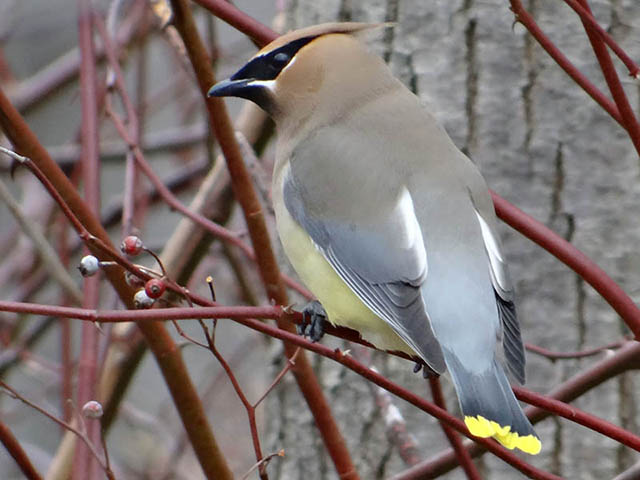
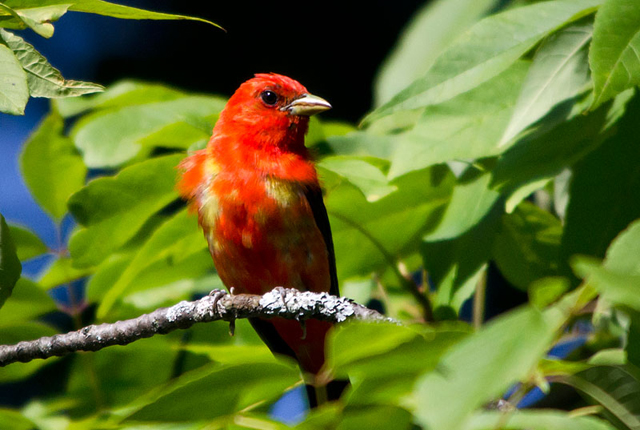
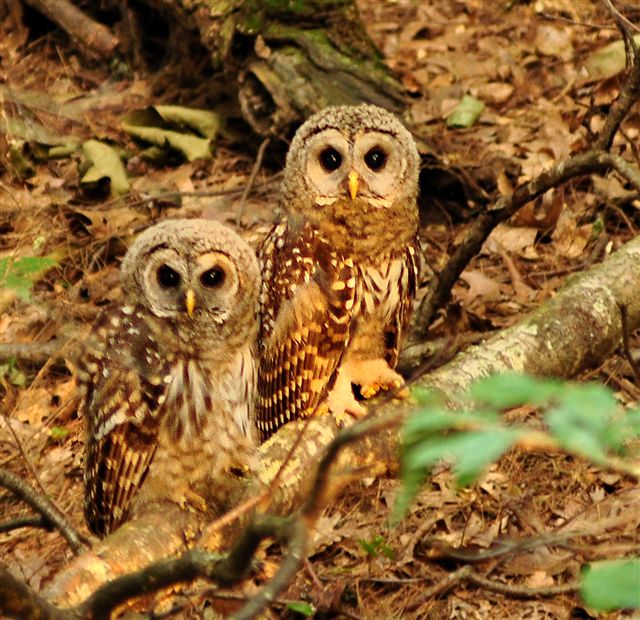
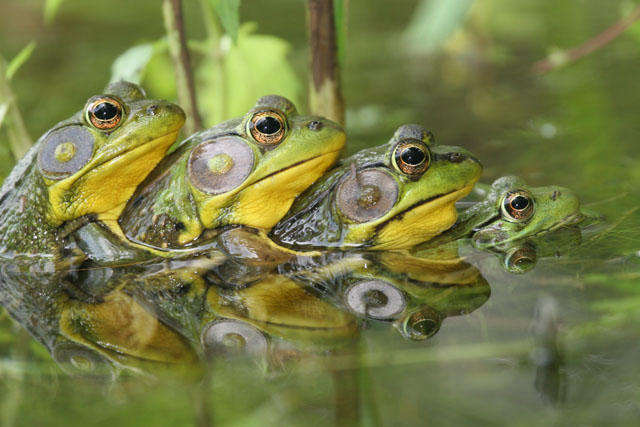
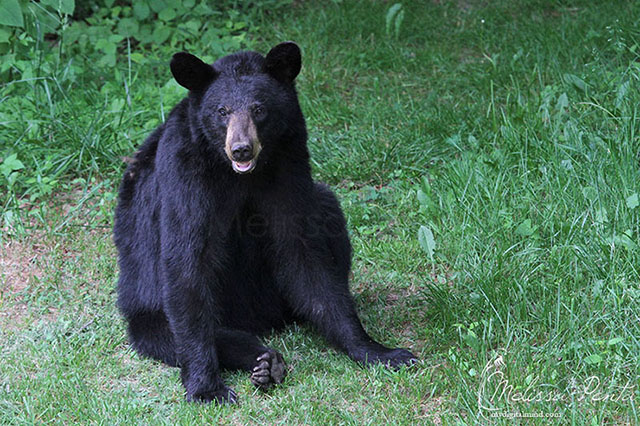
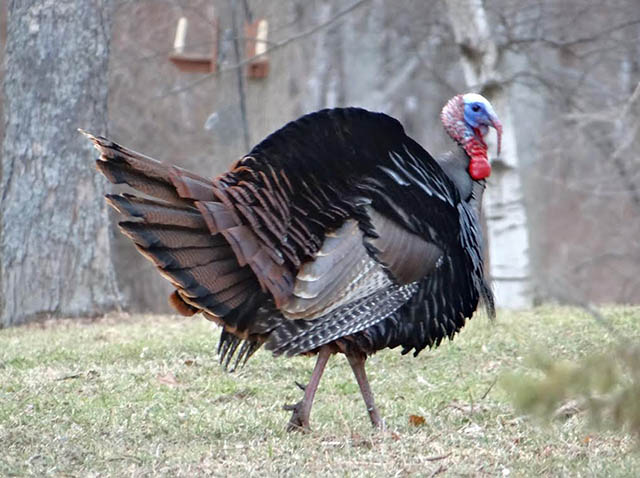
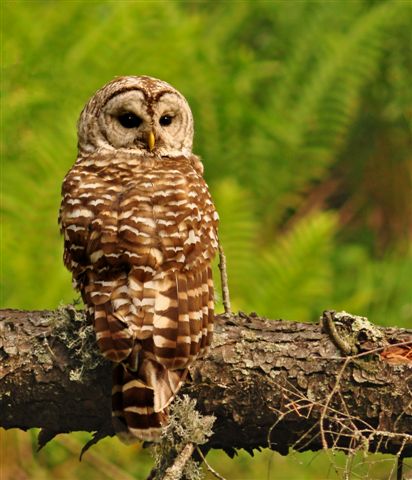

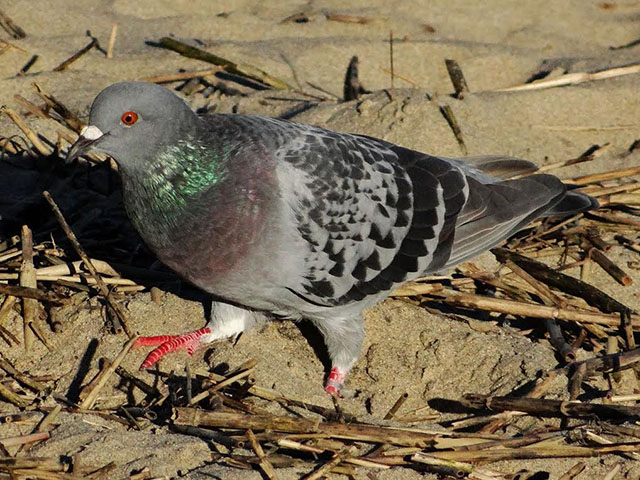
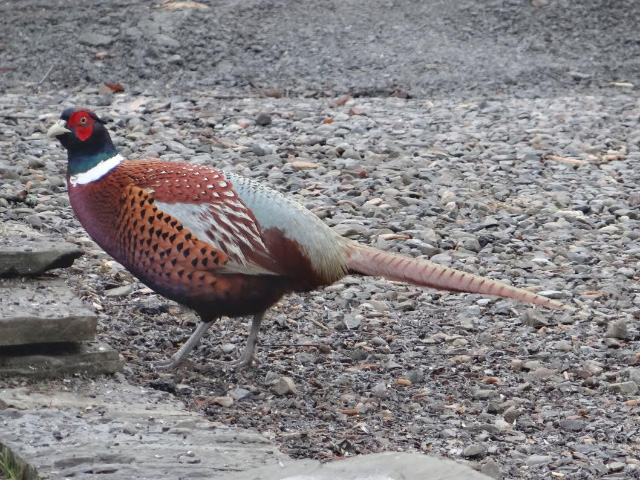
Comments are closed.